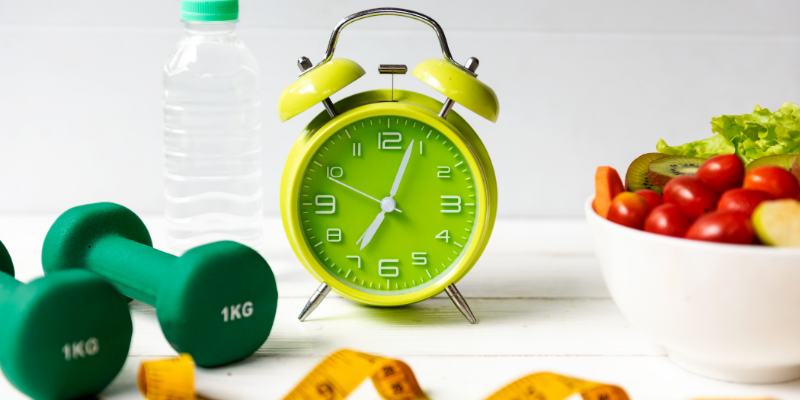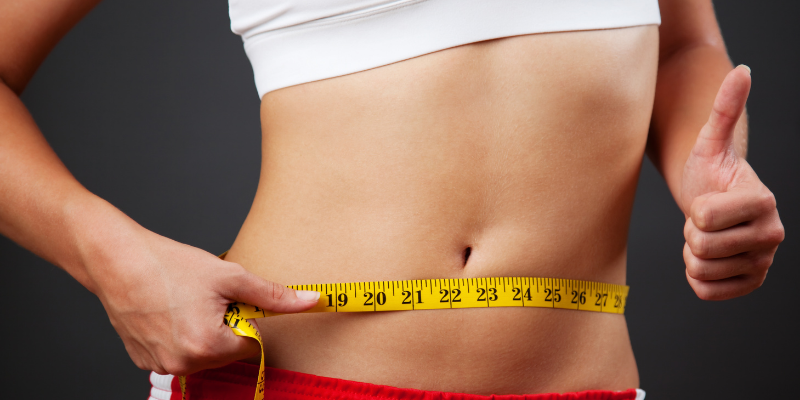How Many Calories Does A Good Workout Burn?
Workouts and physical activity have become essential to our daily routine. With our increasingly static lifestyle, working out has become crucial to maintain our ideal weight, stay fit and prevent life-threatening diseases. However, many fail to get the desired results despite spending hours at the gym or doing freehand exercise.
In this article, we will learn about how our body burns calories, exercises that aid calorie burn along with expert inputs on staying healthy and fit.

DISCLAIMER
Managing calories
Calories burned should be more than the calorie intake in a day to lose weight. The calorie deficit created by cutting calories through a controlled diet or working out eventually leads to weight loss.
It is important to note that as everyone burns a different amount of calories in the resting position, the calories needed per day to lose weight also differs.
How are calories burned?
Calories are the fuel that keeps our body functioning. We burn calories continuously, even when we are resting. However, the speed with which calories burn increases and decreases with the intensity of our physical activities.
Some of the best calorie-burning activities are aerobics, jogging, running, swimming, or gym workouts.
For example, low-impact aerobics performed for 30 minutes can burn around 160 to 200 calories depending on the body weight. A 10-minute run can burn about 114 calories; a 10-minute swim can help burn 55 calories, and 10 minutes of jogging at 5 miles per hour will burn 80 calories for a person weighing around 54-55kg.
EXPERT ADVICE
Exercise intensity or duration!
The Centre for Disease Control and Prevention and the American College of Sports Medicine recommend 30 minutes of moderate-intensity activity on most days of the week (150 min/week)[1], whereas the Institute of Medicine recommends a minimum of 60 minutes per day on most days of the week to maintain your body weight.[2]
Results from a 12-month study concluded that people performing higher intensity exercise had similar weight loss over 12 months compared to those engaging in moderate intensity exercises.[3] Another study shows that the duration of exercise is more important than intensity in achieving weight loss.[4]
I advise you to begin with 150 minutes/week of moderate-intensity exercise and progress to 60 minutes/day. You can exercise more if you want to lose weight, keep it off, or reach specific fitness goals.
-Lavanya Parthasarathy, PhD, CDE
Must Read: How To Calculate The Calorie Burn While Exercising?
How many calories should you burn per day?
The answer to this question depends on whether you want to burn calories for healthy weight loss or maintain your ideal weight. Further, the number of calories you can burn depends on your current body weight, metabolism rate, and the amount of weight (if you wish to) you are trying to lose.
EXPERT ADVICE
Exercise, metabolism, and weight loss – the correlation
You may be tempted to blame a sluggish metabolism for your weight gain, but unfortunately, it is a much more complicated process involving genetics, hormones, food habits, physical activity, sleep, and stress levels. It is unlikely that just increasing your metabolism can help you lose weight.[5]
Focus on consuming fewer calories and engaging in physical activity if you want to reduce your weight. While you have little control over your basal metabolic rate, you do have control over how many calories you burn based on how active you are. Also, note that you might need to consume fewer calories as you age since muscle mass tends to decline.
Further, the basal metabolic rate falls when you have less muscle, which lowers your calorie requirements. Exercise helps in building and maintaining muscle mass while burning calories. As your muscle mass increases, there is a rise in metabolic rate and eventually your calorie allowance. So, get up and start moving; any exercise is better than none.
-Lavanya Parthasarathy, PhD, CDE
Look at the following information:
To shed one pound of body fat every week, you need to create a calorie deficit of 3500. While a five-day workout routine burns at least 250 calories daily, regulating your food intake can help create an added deficit of 250 calories.
You can create an additional 500-calorie deficit by dieting on rest days.
Now, let us look at exercises that can help you burn calories faster.
Must Read: Most Effective Exercises For Weight Loss, Ranked By Experts
The Best Calorie-Burning Activities
Several moderate and vigorous workout routines can help burn calories and create a calorie deficit in your body. Here are some activities that can help you shed up to 1000 calories:
-
Working Out at the Gym:
For a person weighing around 90kg, a 60-mins run at the rate of 7-8 miles per hour on a treadmill can burn approximately 1000 calories.
-
Walking:
- Walking a mile will burn close to 100 calories for someone weighing around 80kg and about 65 calories for someone weighing approximately 54kg.
-
Swimming:
Swimming is fun and also very effective in burning calories. For someone weighing around 58kg, swimming freestyle at a quick pace can burn more than 550 calories and over 410 calories at a slower pace.
- Home Workouts: Four to five rounds of circuit training with a low rest time between the sets for two days a week is an excellent way to start your indoor workout. Include 60 seconds of planking followed by 60 seconds of lunges and 60 seconds of squats. Then end the set with 30 seconds of push-ups. This routine can help burn down about 500 calories.
- Running: Running is one of the most popular forms of physical activity for gaining healthy weight and helps burn down calories faster. However, the number of calories you can burn depends on factors like your running pace and duration, and your weight.
- Yoga: A well-designed yoga regimen can help burn 180 to 460 calories, depending on the style, duration, intensity of the exercises, and sex.
- Cycling: Cycling is also a great activity to burn calories. The number of calories you can burn depends mainly on the intensity and duration of cycling and your weight. On average, you can burn close to 300 calories by cycling for 30 mins at a speed of 12 to 14 miles an hour.
While these are effective ways to help you burn calories, we recommend you consult a professional to help you set realistic and sustainable weight loss goals and find the most suitable way to lose weight.
Must Read: 30 Days Workout Plan To Become Slim
How to track calorie burn when you exercise?
Various calculators available online and mobile apps can help you determine the number of calories you are burning with running, swimming, or cycling.
A well-known formula establishes the calories burned to be the workout duration in minutes multiplied with MET*3.5*weight in kg divided by 200. Here, MET stands for metabolic equivalents, also called the resting metabolic rate.
Conclusion
All physical activities listed above help in burning calories. These activities also contribute to your mental and physical well-being. Do keep in mind that the number of calories burned also depends on the individual’s body weight, age, muscle mass, metabolism rate, and the intensity of the workout.
A safe and sustainable approach to maintaining your ideal body weight and health is to engage in enough physical activity while consuming a balanced diet.








